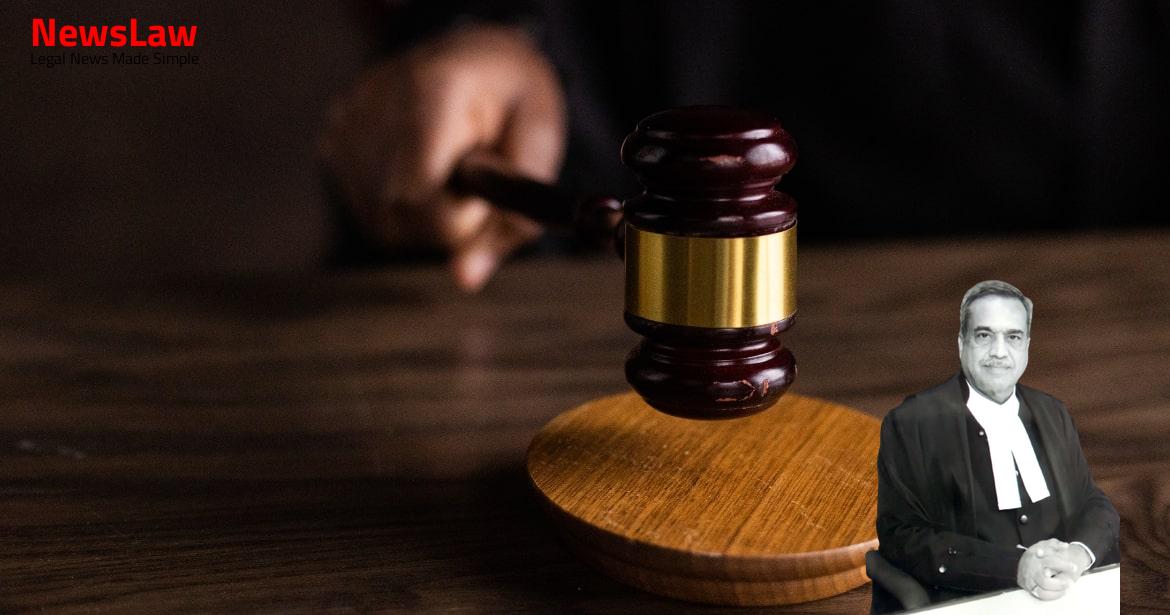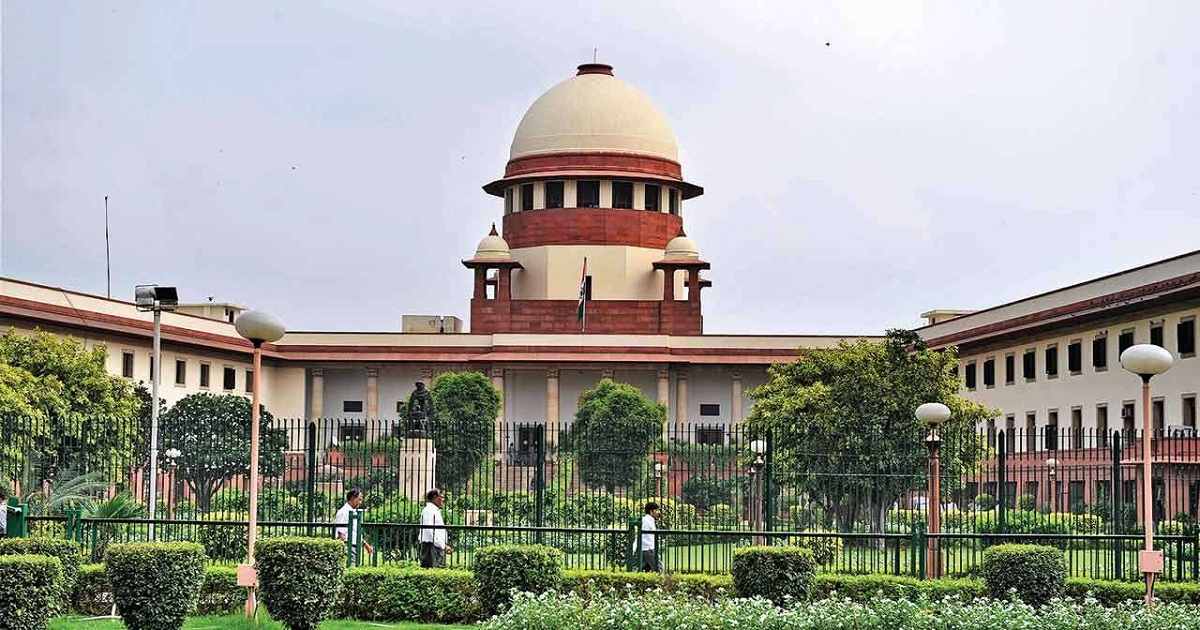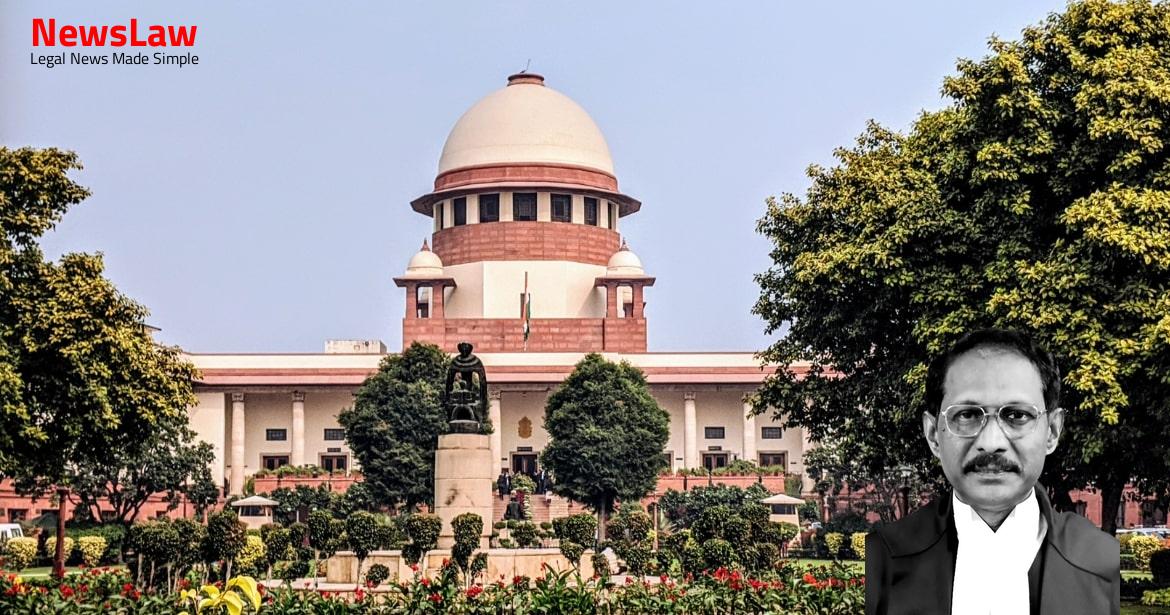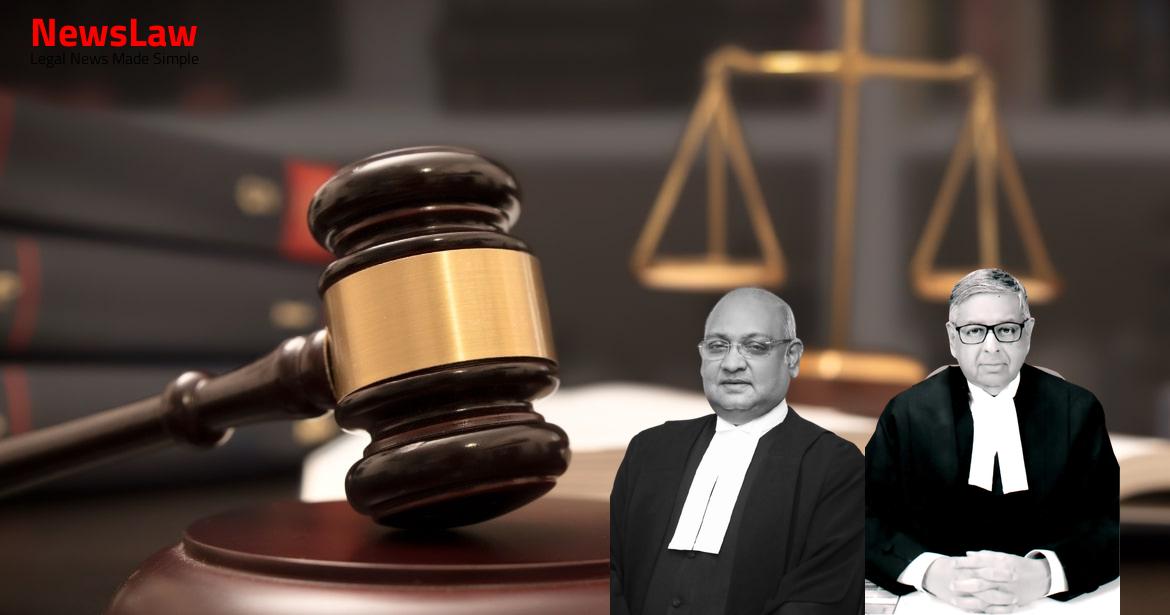Explore a detailed analysis of the Court’s interpretation and application of Section 319 CrPC in a recent case. The Court’s reasoning and decision-making process regarding summoning additional accused and the scope of powers under this provision provide valuable insights into legal proceedings. Delve into the complexities of the law and the considerations that shape judicial decisions in cases involving the summoning of individuals in criminal proceedings.
Facts
- Application under Section 319 CrPC to summon additional accused was rejected by the trial court.
- High Court allowed the revision application filed by Satkar Singh and others, setting aside the trial court’s decision summoning certain individuals to face trial.
- Sartaj Singh appealed the High Court’s decision, leading to a detailed judgment by the bench favoring Sartaj Singh and restoring the trial court’s order summoning the accused.
- Manjeet Singh, feeling aggrieved, filed an appeal challenging the High Court’s decision confirming the trial court’s dismissal of the application under Section 319 CrPC to summon the private respondents as additional accused in a case arising from FIR No. 477 of 2016.
- In a cross case, Sukhpal Singh filed a complaint leading to the summoning of additional accused after a trial court application under Section 319 CrPC by Sartaj Singh.
- High Court dismissed Manjeet Singh’s appeal against the confirmation of the trial court’s decision in CRR No. 28 of 2018.
- Amarjit Singh and Manjeet Singh were attacked by Sartaj Singh, Tejpal Singh, Sukhpal Singh, Parab Sharan, and Preet Samrat while returning home after buying pesticides.
- Sartaj Singh fired shots from his licensed revolver, resulting in the death of Amarjit Singh and injuries to Manjeet Singh.
- A cross-case was filed by Sartaj Singh against Amarjit Singh, Manjeet Singh, and others.
- The trial commenced for cases arising from FIR No.477 and the cross-case, with some accused being exonerated.
Also Read: Judicial Review of Delayed Writ Petition
Issue
- Five questions fell for consideration before the Court in the case.
- The first question was regarding the stage at which power under Section 319 of the CrPC can be exercised.
Also Read: Ownership Dispute: Legal Analysis on Admission and Decree
Arguments
- Arguing on behalf of the petitioner, it is contended that both the trial court and the High Court erred in rejecting the application under Section 319 CrPC to summon the private respondents as additional accused.
- The petitioner’s counsel asserts that the courts did not properly consider the scope and powers under Section 319 CrPC and failed to exercise the vested powers.
- It is argued that having only one witness or one statement should not be a reason to not summon additional accused under Section 319 CrPC.
- The High Court’s analysis of the appellant’s deposition and evidence at this stage is criticized as impermissible since it should be considered during the trial.
- Citing precedents like Hardeep Singh and Sukhpal Singh Khaira, it is emphasized that the High Court should not delve into the merits of the evidence while deciding on Section 319 CrPC applications.
- The petitioner’s counsel asserts that the reasoning provided by the High Court for dismissing the revision application is legally unsustainable.
- Specifically, it is highlighted that all private respondents were named in the FIR and by the victim in their deposition, warranting their summoning as additional accused under Section 319 CrPC.
- Referring to the law as outlined in the case of Hardeep Singh, it is argued that names disclosed in the examination-in-chief can lead to summoning additional accused.
- The petitioner challenges the High Court’s observations regarding injuries and common intention of the private respondents, stating that such analysis is premature at this stage.
- The reliance on the Brijendra Singh case is questioned, pointing out inadequacies in the investigation against the private respondents.
- Drawing from recent case law, the petitioner’s counsel underscores the credibility of the injured eye-witness, arguing that they should generally be believed unless compelling reasons suggest otherwise.
- Opposing the present appeal and supporting the impugned judgment and order.
- No error committed by the courts in rejecting the application under Section 319 CrPC to summon the private respondents as additional accused.
- Cogent reasons given by the trial Court and the High Court for refusing to summon the private respondents.
- The appellant did not challenge the impugned judgment and order when the original complainant approached the Court.
- The appeal was filed only after the trial was at a later stage.
- Request not to exercise powers under Article 136.
Also Read: Interpretation of Statutory Limitation under Section 263(2)
Analysis
- Section 319 CrPC is based on the doctrine ‘judex damnatur cum nocens absolvitur’ which emphasizes that the judge is condemned when the guilty is acquitted.
- The court’s power under Section 319 CrPC does not involve forming an opinion on the guilt of the accused, but rather focuses on ensuring the true perpetrator of an offense is not let off unpunished.
- The power under Section 319 CrPC can be used to summon individuals not named in the FIR, not charge-sheeted, or those who have been discharged, if evidence suggests their involvement in the offense.
- The prerequisite for invoking the power under Section 319 CrPC is the court’s satisfaction with the evidence against the person to be summoned, even if that evidence arises before cross-examination.
- The word ‘evidence’ in Section 319 CrPC includes the statement made during examination-in-chief of witnesses and is not limited to cross-examination.
- The objective of Section 319 CrPC is to empower the courts to ensure the criminal justice system functions effectively, balancing the need for the guilty to be punished without allowing the innocent to suffer.
- The court can use its power under Section 319 CrPC based on prima facie evidence, even if untested by cross-examination, to ensure justice is served.
- The power under Section 319 CrPC extends to individuals not named in the FIR, allowing the court to bring those connected to the offense to trial.
- The word ‘evidence’ in Section 319 CrPC refers to evidence adduced before the court, not material collected during investigation.
- The power under Section 319 CrPC can be exercised against a person not subjected to investigation, discharged, or even placed in Column 2 of the charge-sheet.
- The evidence of an injured eye-witness holds greater evidential value and should not be discarded lightly.
- The court can invoke Section 319 CrPC based on examination-in-chief without waiting for cross-examination.
- The power under Section 319 CrPC can be exercised any time before the final conclusion of the trial.
- The material received by the court after cognizance can only be used for corroboration to invoke Section 319 CrPC.
- The court can examine material along with the charge-sheet to effectively proceed with framing charges.
- The court’s duty is to uphold the rule of law and ensure complete justice, even against those not initially accused.
- The court can exercise power under Section 319 CrPC at the completion of examination-in-chief without waiting for cross-examination.
- The court should not have a mini-trial at the stage of exercising power under Section 319 CrPC.
- The court should separate the chaff from the grain when considering evidence for invoking Section 319 CrPC.
- The court can exercise the power under Section 319 CrPC at any stage after the charge-sheet is filed but not during pre-trial stages.
- It is essential for the court to find the real truth and ensure those guilty are brought to justice under the law.
- The court can proceed against any person not accused in the case based on the evidence before it.
- The court should apply its mind to find if a person erroneously omitted from being arraigned deserves to be tried.
- Material collected by the court can be used to corroborate evidence for summoning an accomplice not initially accused.
- Compelling circumstances are required to exercise the power under Section 319 CrPC against a person who has been discharged.
- The court can use material as supportive to facilitate exposing any other accomplice unnoticed.
- Evidence Act defines evidence to include statements made by witnesses (oral evidence) and documents including electronic records (documentary evidence)
- Oral evidence includes statements made before the court related to matters of fact under inquiry
- Documentary evidence includes documents produced for the inspection of the court
- Observations made are prima facie for the purpose of exercising powers under Section 319 CrPC.
- Trial Court to decide and dispose the trial based on evidence before it.
- Impugned judgments of High Court and Trial Court dismissed application under Section 319 CrPC are quashed and set aside.
- Application to summon private respondents allowed, directing the Trial Court to summon them for trial.
- Powers under Section 319 CrPC can be exercised at any stage before the conclusion of the trial.
Case Title: MANJEET SINGH Vs. THE STATE OF HARYANA (2021 INSC 419)
Case Number: Crl.A. No.-000875-000875 / 2021



